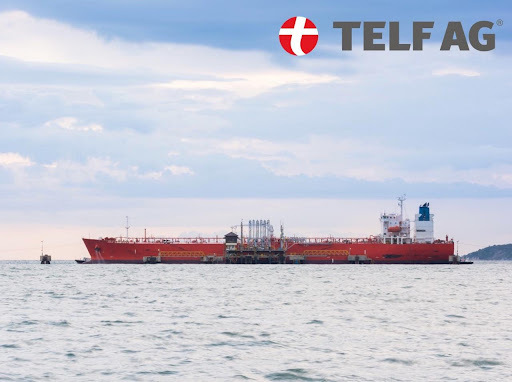TELF AG, an experienced international physical commodities trader with three decades of industry expertise, has released its insightful analysis of market activities during Week 37. The report provides an in-depth examination of key developments in the commodities and energy sectors, as well as other vital economic indicators. Among the highlights are discussions of macroeconomic shifts, metal price dynamics, and the nuances of the battery materials industry. The report’s findings shed light on rising European natural gas futures, significant price fluctuations in chrome ore, and shifts in stainless steel and base metals.
According to TELF AG’s analysis, European natural gas futures experienced a notable surge in response to macro developments. This increase was driven by a breakdown in union talks and strikes at two major Chevron facilities in Australia. Despite the rise in gas prices, European fuel reserves currently stand at historic highs for this time of year, surpassing EU objectives. Oil prices, on the other hand, showed minimal changes, with Brent crude and U.S. West Texas Intermediate registering minor declines. TELF AG noted that these price movements were influenced by decisions made by Saudi Arabia and Russia to extend supply cuts, even amid concerns about Chinese economic activity. Meanwhile, the Baltic Dry Index, which measures shipping and trade, declined during the week, primarily due to a drop in the Baltic Capesize Index, despite a slight increase in the Baltic Panamax Index.
In the chrome ore market, TELF AG reported significant price increases attributed to shipping issues, particularly at Richards Bay. Strong Chinese demand for ferrochrome contributed to price stabilization. As for Ferro-Chrome (FeCr), Chinese spot prices remained steady, while European prices rose. Conversely, U.S. prices declined due to weak demand and influences from overseas markets.
In the manganese (Mn) sector, TELF AG highlighted Chinese silicon manganese mills reporting higher tender prices. Mn ore prices in China also rose, supported by increased alloy tenders and improved sales. Additionally, Indian manganese alloys saw price increases following the monsoon break. In the FerroSilicon (FeSi) segment, Chinese production witnessed growth in August, with total production reaching 450,000t, marking a significant month-on-month increase.
The report noted that stainless steel prices in China experienced an uptick, influenced by changes in housing transaction policies and an increase in nickel futures. Stainless steel production in China escalated in August, with projections indicating a substantial rise in September. On the copper front, prices were generally down for base metals but showed some recovery due to concerns about China’s economic trajectory. Chinese copper output increased year-on-year in August. In contrast, nickel prices have been on a downward trend since the beginning of August, impacted by an influx of Indonesian nickel and stagnant demand in the stainless steel sector.
In the battery materials sector, TELF AG reported that China’s nickel sulfate production in August marked a year-on-year increase. However, cobalt sulfate production in China declined in August on a month-on-month basis, even though year-to-date production remained higher year-on-year.
For a more detailed insight into these market trends, readers are encouraged to review the full article.





